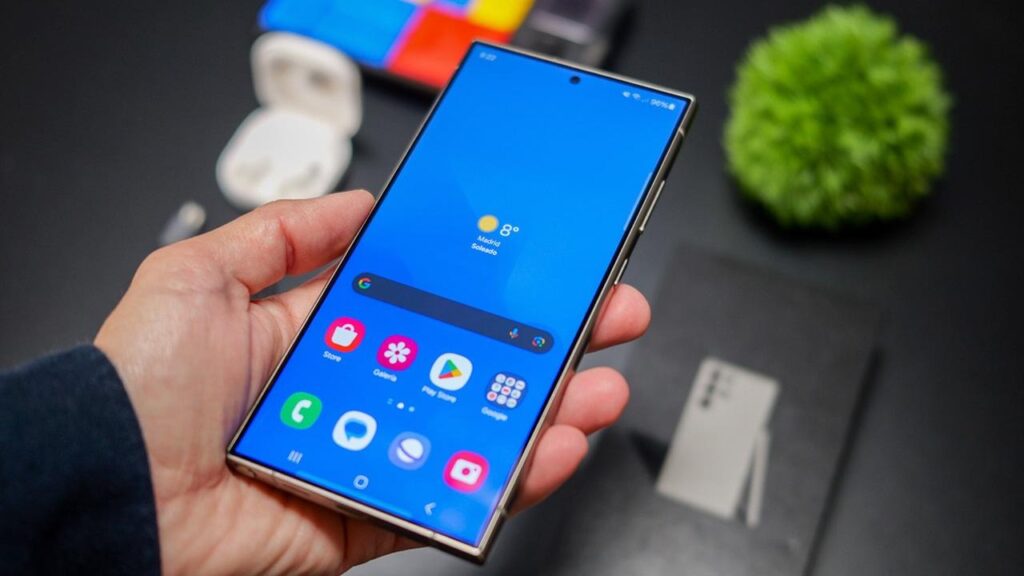In the fast-paced world of smartphone technology, software updates play a crucial role in enhancing user experience, introducing new features, and maintaining device security. Samsung, as one of the leading Android device manufacturers, has been at the forefront of this software evolution with its custom One UI interface. Over the past few years, Samsung has made significant strides in improving its update speed and longevity, earning praise from users and industry experts alike.

One UI 7: A Delayed Arrival
Samsung’s annual developer’s conference, typically a platform for exciting software announcements, offered only a brief glimpse of the upcoming One UI 7 update. More surprisingly, the revealed update schedule indicates a significant delay compared to previous years:
- One UI 7 will officially debut with the Galaxy S25 series
- Expected release around January or February 2025
- At least four months after Android 15’s rollout to Google’s Pixel series
This timeline represents a notable departure from Samsung’s recent update patterns:
- One UI 6: Landed for Galaxy S23 in October 2023
- One UI 5: Debuted on S22 series in October 2022
- One UI 4: Stable builds arrived for consumers in November 2021
For more information on how Android updates typically roll out across different manufacturers, see our guide on The Android Update Process: From Google to Your Device.
Implications of the Delay
The delayed release of One UI 7 raises several concerns:
- Extended wait times for current Galaxy flagship owners
- Potential months-long gap between Galaxy S25 launch and updates for existing devices
- A possible return to the era of sluggish Samsung OS updates
This situation is particularly disappointing given Samsung’s recent track record of putting software at the forefront of the Galaxy experience. The company has earned significant goodwill from users for its improved update speed and extended support promises.
The Broader Context: Android Update Landscape
Samsung’s delay comes at a time when the Android update landscape has seen significant improvements:
- Google’s Project Treble and Mainline initiatives have streamlined the update process
- Closer collaboration between Google and manufacturers like Samsung has accelerated updates
- Longer-term update promises have become common, even for mid-range phones
To understand more about these initiatives, read our article on Android Update Initiatives: Project Treble, Mainline, and Beyond.
The Paradox of Long-Term Support
Samsung’s delay raises an important question about the value of long-term update promises:
But what good is the latest seven years of promised OS upgrades when they fail to materialize in a timely manner?
This paradox highlights the importance of not just the length of support, but also the speed and reliability of updates. For an in-depth look at the importance of timely updates, see our analysis on Why Timely Smartphone Updates Matter: Security, Features, and User Experience.
Looking Ahead: Hopes for a One-Off Delay
While the delay in One UI 7’s release is concerning, it’s important to note that this could be a one-off occurrence rather than a new trend. Factors such as the complexity of new features, integration challenges with Android 15, or strategic decisions related to the Galaxy S25 launch could all contribute to this delay.
However, Samsung users and industry observers will be watching closely to see if this delay signals a broader shift in the company’s update strategy or if it’s merely a temporary setback in an otherwise improving update landscape.
Conclusion: A Potential Setback in Android Update Progress
Samsung’s announcement of a delayed One UI 7 release is undoubtedly disappointing for many Galaxy users who have come to expect timely updates. It represents a potential step backward in the progress made in recent years towards faster, more reliable Android updates.
As we look towards the release of One UI 7 and beyond, it will be crucial for Samsung to balance the development of new features with the timely delivery of updates. The company’s ability to maintain user trust and satisfaction may well depend on how it navigates this challenge in the coming months.
Related Links:










Add Comment